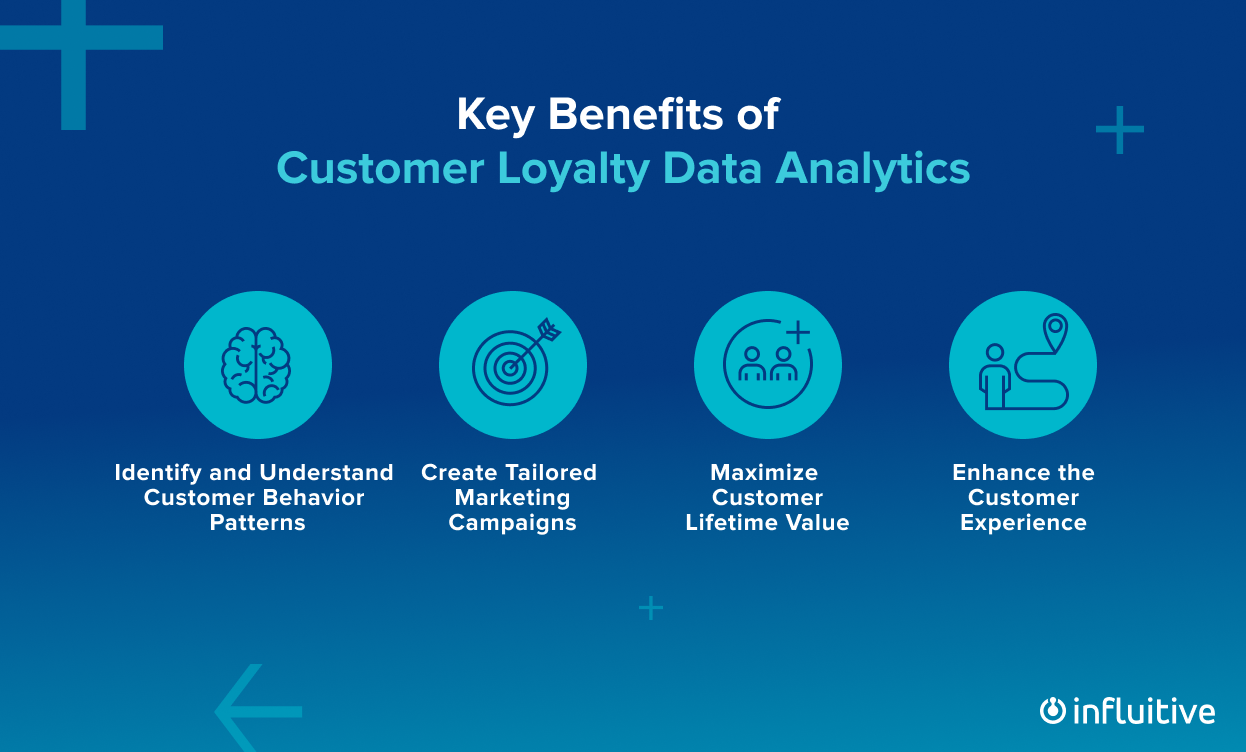Bright Insights Hub
Your go-to source for the latest news and information across various topics.
Loyalty Retention Analytics: The Secret Sauce to Keeping Customers Hooked
Unlock the secret to customer loyalty! Discover retention analytics that keep your audience engaged and coming back for more.
Understanding Customer Loyalty: Key Metrics You Need to Track
Customer loyalty is a vital component of any successful business strategy. It not only impacts sales but also influences customer retention and brand reputation. To truly understand customer loyalty, businesses must track essential metrics that reveal the health of their customer relationships. Key metrics include Net Promoter Score (NPS), which measures customer satisfaction and their likelihood to recommend your brand, and the Customer Lifetime Value (CLV), which helps forecast the total revenue a customer can bring over their lifetime. Additionally, businesses should monitor the repeat purchase rate, indicating how often customers return to buy again.
Another important metric to consider is the loyalty program participation rate, which reflects the percentage of customers actively engaging in loyalty programs. This can highlight the program's effectiveness in fostering repeat business. Understanding these key metrics enables companies to formulate strategies that strengthen customer relationships and enhance loyalty. By consistently tracking these elements, businesses can adapt their approaches to better meet customer needs, ensuring a more loyal customer base.

Counter-Strike is a highly competitive first-person shooter game that focuses on team-based gameplay and tactics. Players assume the roles of terrorists or counter-terrorists, competing in various game modes. For those looking to gain an edge, using a clash promo code can provide valuable in-game advantages and enhancements.
How Loyalty Retention Analytics Can Transform Your Business Strategy
In today's competitive market, understanding customer behavior is critical for sustained growth. Loyalty retention analytics offers businesses the ability to decipher patterns and preferences, allowing them to tailor their strategies effectively. By harnessing data from customer interactions, brands can identify the key factors that contribute to customer loyalty. This could include metrics such as repeat purchase rates, engagement frequency, and even customer satisfaction scores. Implementing these insights can lead to a more targeted marketing approach, ensuring that your efforts resonate with your most valuable customers.
Furthermore, leveraging loyalty retention analytics not only helps in optimizing marketing strategies but also enhances overall customer experience. By analyzing the feedback and purchasing habits of loyal customers, businesses can make informed decisions regarding product development and service improvements. For example, identifying trending products among repeat buyers can influence future inventory choices. Ultimately, by integrating loyalty retention analytics into your overall business strategy, you can foster deeper relationships with your customers, increase retention rates, and create a more resilient business model.
What are the Best Practices for Implementing Loyalty Retention Analytics?
Implementing loyalty retention analytics is crucial for businesses aiming to enhance customer engagement and reduce churn. Start by collecting data from various touchpoints to understand customer behavior and preferences. An effective approach is to segment your customer base based on metrics such as purchase history, frequency, and recency of interactions. By categorizing customers, businesses can tailor their marketing strategies and offers to better align with the unique needs of each group, ultimately driving higher retention rates.
Next, leverage advanced analytics tools to interpret the accumulated data. Utilize techniques like cohort analysis to track the behavior of different customer groups over time and identify trends in loyalty. It’s also important to regularly review and adapt your strategies based on these insights. Consider implementing an automated reporting system that allows for real-time data analysis and decision-making. By continuously refining your approach, you can enhance customer satisfaction and, consequently, foster long-term loyalty.